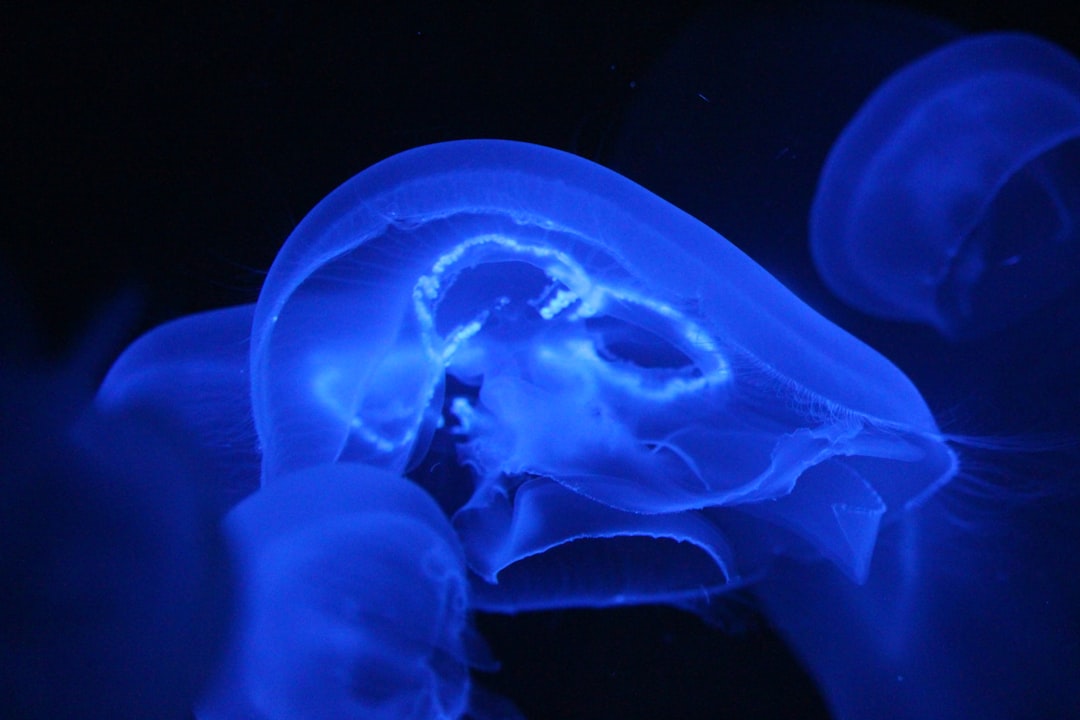What is it about?
2,2′-Biquinoline-4,4′-dicarboxylate provides scope to modulate fluorescence properties of its copper complexes through: (a) Self-assembling, (b) metal coordination (c) variation of ligating sites (d) rotation across C-C bond and also through earlier established cases of metal oxidation. We have taken advantage to show such modulations under different conditions. Dehydration and dehydration is shown to modulate fluorescence of solid samples.
Featured Image
Why is it important?
This proved to be a very good system to understand switching properties and would be good to explore as logic gate. On the other hand, utility of large anionic assembly to reversibly hold water molecules upon guidance of stimuli such as heat and light is worth to pursue and would make sense in heat sensing process in bio-related systems.
Perspectives
This work can serve as model study for related systems to apply in biological systems and as advance materials.
Professor Jubaraj Bikash Baruah
IIT Guwahati
Read the Original
This page is a summary of: Modulation of Fluorescence Emissions of Copper(II) 2,2′-biquinoline-4,4′-dicarboxylates, ChemistrySelect, August 2016, Wiley,
DOI: 10.1002/slct.201600263.
You can read the full text:
Contributors
The following have contributed to this page










